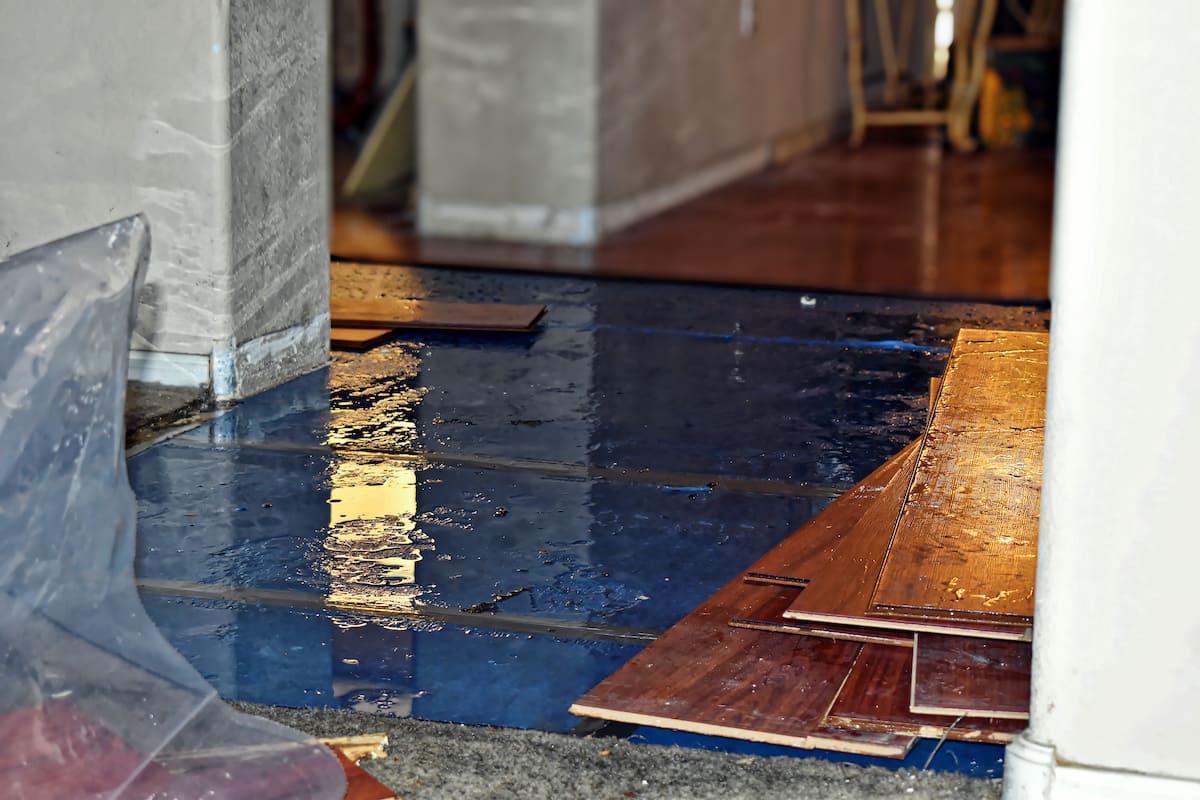

Articles
How To Clean Up Water In Basement
Modified: February 24, 2024
Learn the best methods to clean up water in your basement with these informative articles. Implement these tips to prevent further damage and keep your home safe.
(Many of the links in this article redirect to a specific reviewed product. Your purchase of these products through affiliate links helps to generate commission for Storables.com, at no extra cost. Learn more)
Introduction
Dealing with water in the basement can be a homeowner’s worst nightmare. Whether it’s due to heavy rainfall, a burst pipe, or a faulty sump pump, excess water can cause extensive damage and lead to mold growth if not addressed promptly. If you find yourself in this unfortunate situation, don’t panic. With the right knowledge and some basic tools, you can effectively clean up water in your basement and minimize further damage.
In this article, we will guide you through a step-by-step process to safely and efficiently clean up water in your basement. From assessing the damage to preventing future water damage, we’ve got you covered. So roll up your sleeves and let’s get started!
Key Takeaways:
- Assess the damage, prioritize safety, and remove standing water promptly to prevent mold growth and further damage. Thoroughly dry out the area and address the root cause to prevent future water damage.
- Clean and disinfect the basement to create a safe environment. Implement preventative measures such as maintaining gutters, inspecting plumbing, and waterproofing to safeguard against future water damage.
Step 1: Assess the Damage
The first step in cleaning up water in your basement is to assess the extent of the damage. This will help you determine the necessary actions and resources required for the cleanup process.
Start by identifying the source of the water. Is it coming from a burst pipe, a leaky foundation, or heavy rainfall? Understanding the cause of the water intrusion will help you address the root issue and prevent further damage in the future.
Next, evaluate the amount of standing water in your basement. Is it just a small puddle or several inches deep? This will determine the approach and tools you’ll need to remove the water effectively.
Inspect the walls, flooring, and furniture for any visible signs of damage. Look for discoloration, warping, or mold growth. Take note of any valuable items or personal belongings that may have been affected by the water.
It’s also essential to assess the electrical safety of your basement. Water and electricity are a dangerous combination, so make sure to turn off the power before entering a water-logged area. If you are unsure about the safety of your electrical system, it’s best to consult a professional electrician.
By thoroughly assessing the damage, you’ll have a clear understanding of the scope of the problem and can proceed with the cleanup process confidently. It will also help you determine if you need to seek professional assistance or if you can handle the cleanup on your own.
Step 2: Safety Precautions
Before you begin the water cleanup process, it’s crucial to prioritize your safety and take the necessary precautions. Dealing with water in the basement can expose you to various hazards, so it’s essential to be prepared.
First and foremost, ensure that you are wearing appropriate protective gear. This includes rubber gloves, waterproof boots, and safety goggles. These items will protect you from potential contaminants in the water and prevent injuries.
If the standing water in your basement is contaminated with sewage or chemicals, it’s best to avoid direct contact and seek professional help. These types of water can pose serious health risks and require specialized equipment to handle.
When entering a water-logged area, be mindful of slippery surfaces. Use caution when walking or moving around to avoid falls or injuries. If possible, use temporary lighting to illuminate the area and identify any potential hazards.
Ensure proper ventilation in the basement by opening windows or using fans to circulate fresh air. This will help reduce the growth of mold and mildew during the cleanup process.
It’s also important to turn off the power in the affected area. Water can conduct electricity, so shutting off the electrical supply will reduce the risk of electrical shock or short circuits. If you are unsure about how to safely disconnect the power, contact a licensed electrician.
Lastly, keep in mind that water damage can weaken structures such as walls and ceilings. If you notice any signs of structural damage, avoid entering the affected area or moving heavy objects. Seek professional help to assess and repair any structural issues.
By taking these safety precautions, you can minimize the risk of injuries and ensure a safer environment during the water cleanup process.
Step 3: Remove Standing Water
Once you have taken the necessary safety precautions, it’s time to remove the standing water from your basement. The quicker you can remove the water, the better, as prolonged exposure can lead to further damage and the growth of mold and mildew.
Here are some methods you can use to effectively remove standing water:
- Use a wet/dry vacuum: If the water level is relatively low, a wet/dry vacuum can be an efficient tool for water extraction. Start by using the vacuum’s extension wand to remove the bulk of the water. Then, switch to the vacuum’s floor attachment to remove any remaining water and moisture.
- Utilize a submersible pump: For larger amounts of standing water, a submersible pump is a more powerful option. Place the pump at the lowest point in the basement and connect it to a drainage hose that leads outside or to a suitable drain. Ensure the pump is on a stable surface and has a grounded electrical connection.
- Manually remove water: If you don’t have access to a vacuum or pump, you can use buckets, mops, and towels to manually remove the water. Start by scooping out the water with buckets and dumping it outside or down a drain. Then, use mops and towels to soak up any remaining moisture.
Regardless of the method you choose, it’s important to direct the water away from your basement and foundation. Ensure that the water is being properly discharged, either through a drainage system or by sloping the surrounding area away from your home. This will prevent water from seeping back into your basement.
Remember to periodically empty the vacuum or pump as you work, as they can fill up quickly. Dispose of the water in a sanitary manner and be mindful of any contaminants that may be present.
Removing the standing water is a crucial step in the cleanup process. It will help mitigate further damage and allow for effective drying of the affected area.
Step 4: Drying out the Area
After removing the standing water from your basement, it’s essential to thoroughly dry out the area to prevent the growth of mold and mildew. Dampness and moisture can linger in hidden corners and porous materials, so it’s crucial to take the necessary steps to ensure complete drying.
Here are some tips to effectively dry out your basement:
- Open windows and use fans: Increase air circulation by opening windows and using fans to help evaporate the moisture. Position fans strategically to create a cross-ventilation effect. This will aid in drying out the space more quickly.
- Use dehumidifiers: Dehumidifiers are excellent tools for removing excess moisture from the air. They work by drawing in humid air, extracting the moisture, and expelling dry air. Place one or more dehumidifiers in the basement to accelerate the drying process.
- Remove wet materials: Any wet or water-damaged materials should be promptly removed from the basement. This includes carpet, furniture, cardboard boxes, and insulation. These items can retain moisture and promote the growth of mold, so it’s best to discard them.
- Inspect hidden areas: Check behind walls, in crawl spaces, and beneath flooring for any hidden pockets of moisture. Use a moisture meter to measure the humidity levels and identify any lingering dampness. If necessary, consider removing and replacing affected materials.
Monitor the drying progress regularly by checking for any signs of moisture or musty odors. It may take several days or even weeks to completely dry out the basement, depending on the extent of the water damage.
During the drying process, it’s important to maintain good ventilation and keep the basement temperature moderate. Avoid excessive heat, as it can cause materials to warp or encourage the growth of mold. Aim for a balance of airflow and controlled humidity.
By taking the time to properly dry out your basement, you can prevent the onset of mold and ensure a safe and healthy environment.
Use a wet vacuum or sump pump to remove standing water. Then, use a mixture of water and bleach to clean and disinfect the affected area. Make sure to dry the area thoroughly to prevent mold growth.
Step 5: Evaluate and Address the Cause
Once you have removed the water and dried out your basement, it’s crucial to identify and address the cause of the water infiltration. Without identifying and resolving the underlying issue, you risk experiencing future water damage.
Here are some common causes of water in the basement:
- Leaky pipes: Check for any leaking or damaged pipes in the basement. Repair or replace them as necessary to prevent future water intrusion.
- Faulty sump pump: If you have a sump pump installed, ensure that it is functioning correctly. Test it periodically and consider investing in a backup battery system to keep it operational during power outages.
- Poor drainage: Inspect the exterior of your home for any issues with the gutters, downspouts, and grading. Ensure that water is directed away from the foundation and that gutters are clear of debris.
- Foundation cracks: Examine the foundation walls for any cracks or gaps where water can seep in. If you notice any damage, consult a professional to assess and repair the foundation.
By addressing the cause of the water infiltration, you can prevent future water damage and maintain a dry and safe basement. It may be necessary to seek professional help for more complex issues or if you are unsure about how to resolve the problem yourself.
Remember to document the steps you take and any repairs or improvements made to your basement. This documentation can be helpful for insurance claims or future reference.
Taking the time to evaluate and address the cause of the water infiltration is an important step in preventing recurrent basement flooding and protecting your home.
Step 6: Clean and Disinfect
After removing the water and addressing the cause of the water damage, it’s crucial to thoroughly clean and disinfect your basement to eliminate any potential contaminants and prevent the growth of mold and bacteria.
Here are the steps to effectively clean and disinfect your basement:
- Remove debris: Start by removing any debris, mud, or dirt that may have been brought in by the water. Use a broom, dustpan, and trash bags to collect and dispose of the debris properly.
- Clean surfaces: Thoroughly clean all affected surfaces using a mild detergent or a specialized cleaning solution. Scrub walls, floors, and any other hard surfaces using a brush or sponge. Pay extra attention to areas where mold or mildew may have started to grow.
- Disinfect: Once the surfaces have been cleaned, use a disinfectant solution to kill any remaining bacteria or mold spores. Follow the instructions on the product label and ensure thorough coverage of all surfaces. Allow the disinfectant to sit for the recommended time before rinsing or wiping it away.
- Dry thoroughly: After disinfection, ensure that the basement is dried out completely. Use fans, dehumidifiers, and good ventilation to aid in the drying process. This will help prevent the growth of mold and mildew.
- Inspect and repeat: After cleaning and disinfecting, inspect the basement for any remaining signs of mold or moisture. If you spot any areas that still need attention, repeat the cleaning and disinfection process in those specific areas.
During the cleaning and disinfection process, wear appropriate protective gear such as gloves and a face mask to protect yourself from potential allergens or irritants.
It’s also important to keep your cleaning tools and supplies clean and disinfected to prevent cross-contamination. Wash or disinfect your brushes, sponges, and other cleaning materials after use, and replace any disposable items.
By thoroughly cleaning and disinfecting your basement, you can ensure a safe and sanitary environment for you and your family.
Step 7: Prevent Future Water Damage
Once you have completed the water cleanup and restoration process, it’s essential to take proactive measures to prevent future water damage in your basement. By implementing preventative strategies, you can safeguard your home from potential water intrusions.
Here are some tips to help you prevent future water damage:
- Maintain gutters and downspouts: Regularly clean and inspect your gutters and downspouts to ensure they are free from debris and properly directing water away from your home. Consider installing gutter guards to prevent clogs.
- Properly landscape your yard: Ensure that the ground around your home is properly graded to slope away from the foundation. This will help prevent water from pooling near your home and seeping into the basement.
- Inspect and maintain your foundation: Regularly inspect your foundation for any cracks, gaps, or signs of water infiltration. Promptly address any issues by sealing cracks with an appropriate sealant or contacting a professional for repairs.
- Install a sump pump: Consider installing a reliable sump pump system in your basement. A sump pump can quickly remove water during times of heavy rainfall or unexpected water intrusions.
- Invest in a water alarm system: Install water alarms in your basement that can alert you to any water leaks or rising water levels. This will allow you to address the issue promptly before extensive damage occurs.
- Regularly inspect plumbing systems: Check your pipes and plumbing systems for any leaks, drips, or signs of damage. Repair any issues immediately to prevent water damage.
- Consider waterproofing: If you live in an area prone to flooding or have experienced recurring basement water issues, you may want to consider waterproofing your basement. This can involve installing drainage systems, applying waterproof coatings, or sealing vulnerable areas.
Regular maintenance and ongoing vigilance can significantly reduce the risk of future water damage in your basement. It’s important to stay proactive and address any potential issues before they escalate into major problems.
By following these preventative measures, you can keep your basement dry and protected from water damage for years to come.
Conclusion
Dealing with water in the basement can be a daunting and overwhelming task, but with the right approach and knowledge, you can effectively clean up the water and prevent future damage. The step-by-step process outlined in this article provides a comprehensive guide to help you navigate through the cleanup process.
Remember to first assess the damage and prioritize your safety by taking the necessary precautions. Remove the standing water using appropriate tools and methods, and then focus on drying out the area thoroughly to prevent mold growth. Evaluating and addressing the cause of the water infiltration is crucial to prevent future water damage.
Once the water is removed, it’s important to thoroughly clean and disinfect the basement to eliminate any contaminants and create a safe environment. Taking proactive measures to prevent future water damage, such as maintaining gutters, inspecting and maintaining plumbing systems, and implementing waterproofing measures, can save you from future headaches and costly repairs.
Remember, if you are unsure about the extent of the damage, or if the water contains sewage or chemicals, it’s best to seek professional help. They have the expertise and equipment to deal with complex situations.
By following these steps and staying vigilant, you can effectively clean up water in your basement, protect your home, and preserve the safety and well-being of your family.
So don’t let water damage dampen your spirits – take control, clean up, and keep your basement dry for years to come!
Frequently Asked Questions about How To Clean Up Water In Basement
Was this page helpful?
At Storables.com, we guarantee accurate and reliable information. Our content, validated by Expert Board Contributors, is crafted following stringent Editorial Policies. We're committed to providing you with well-researched, expert-backed insights for all your informational needs.
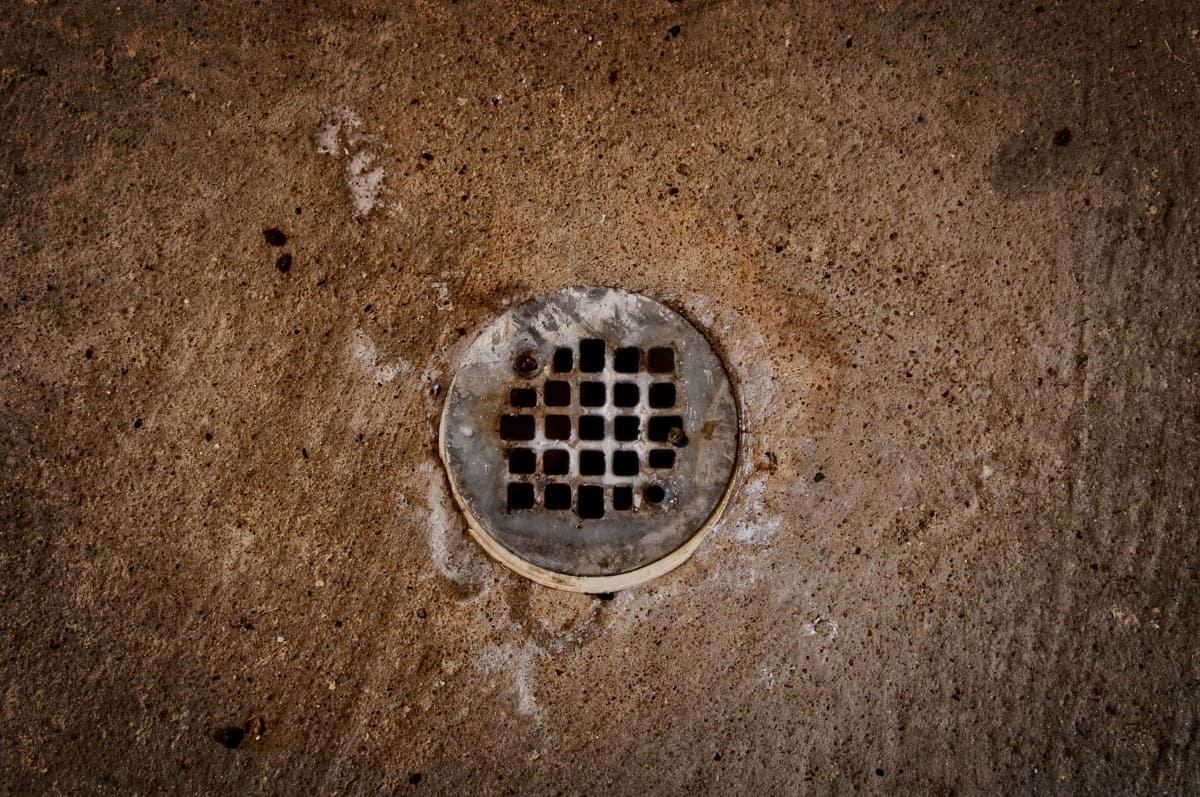
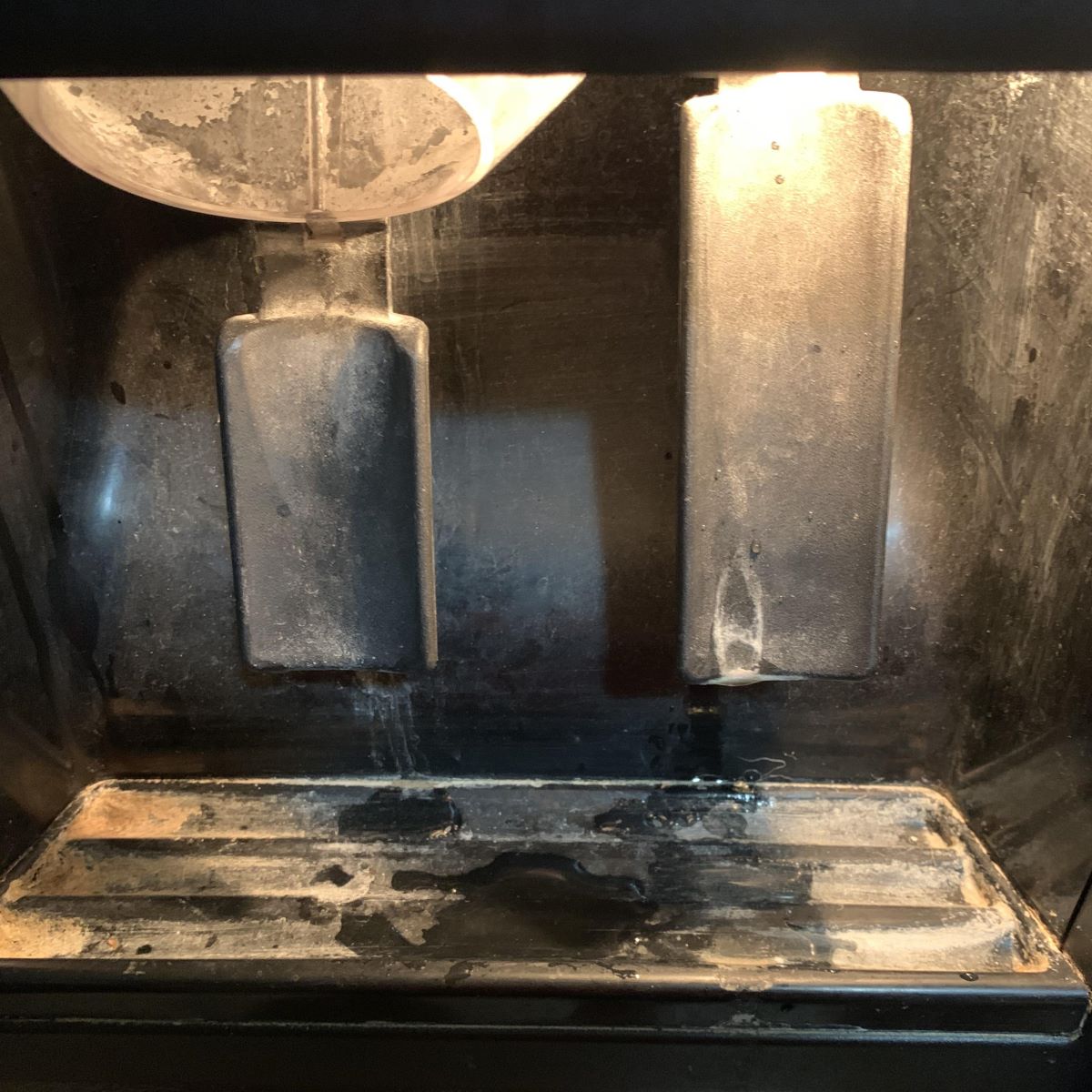

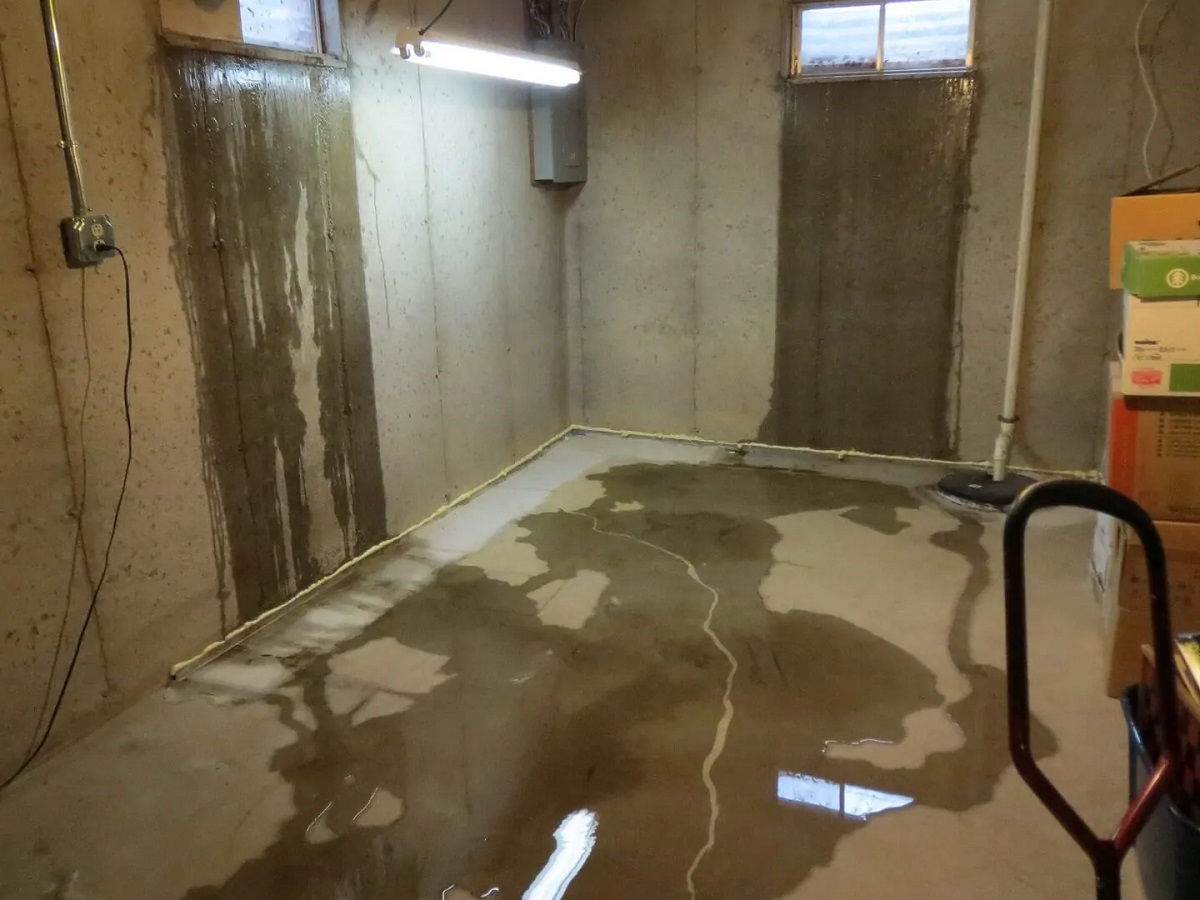
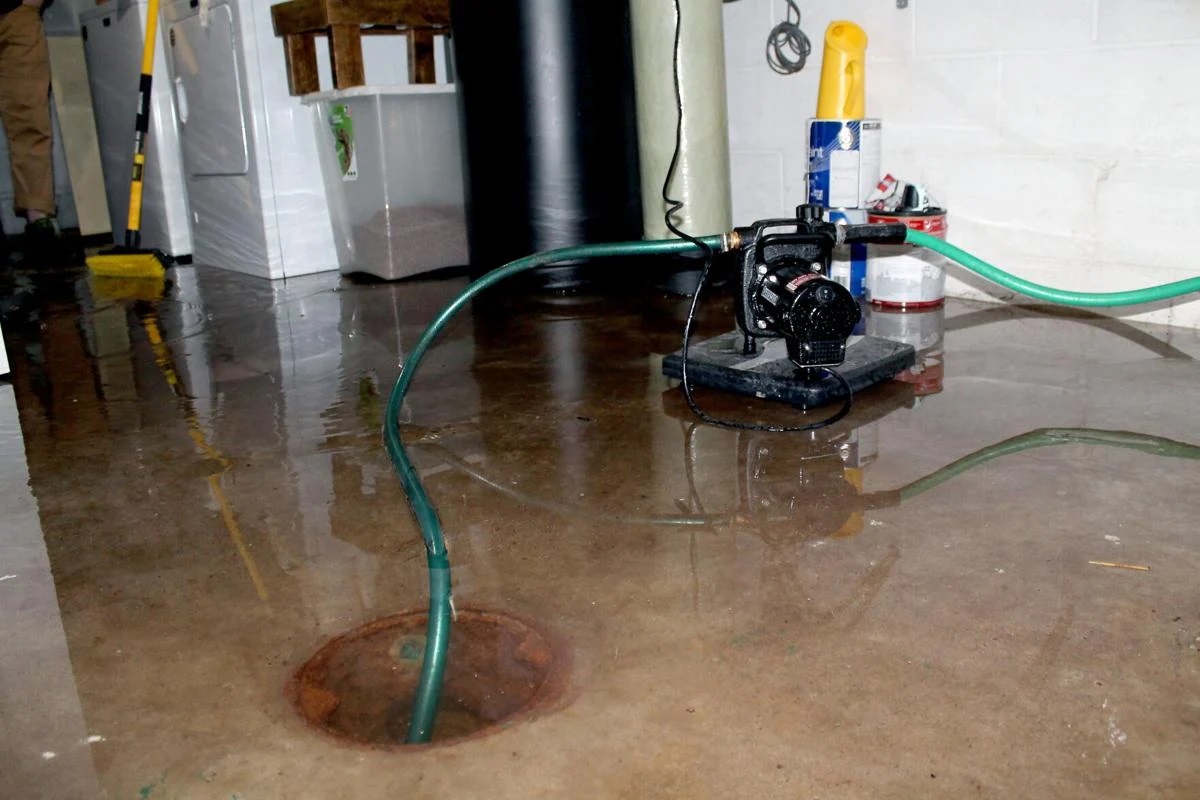
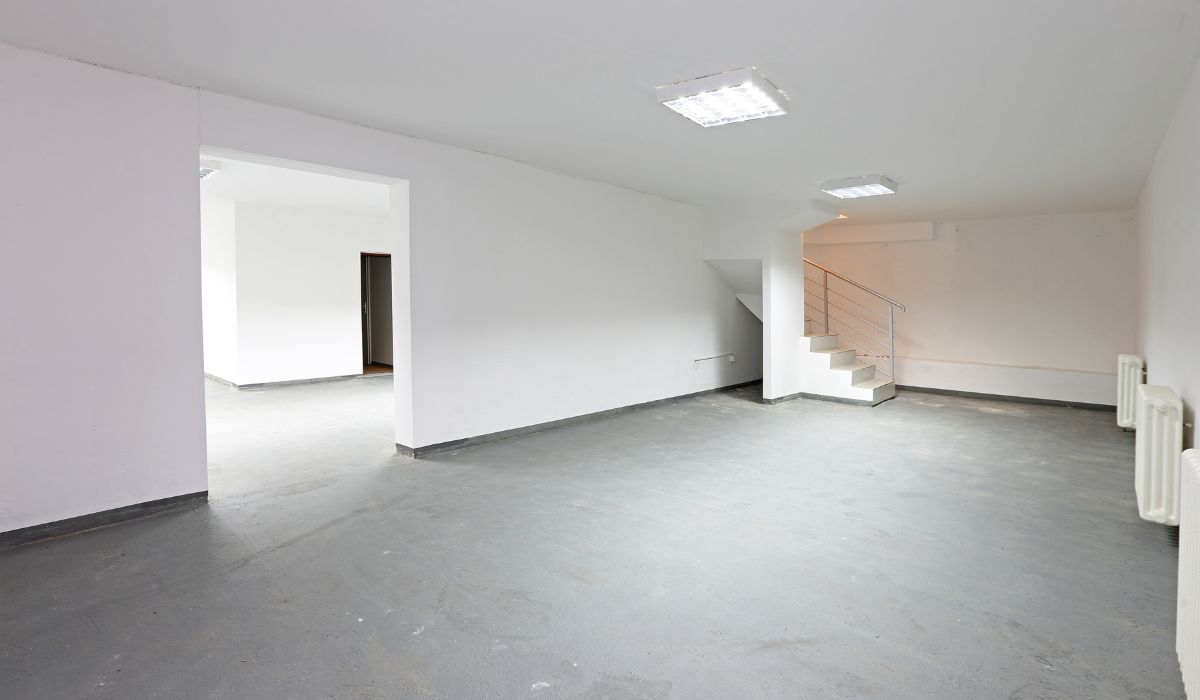
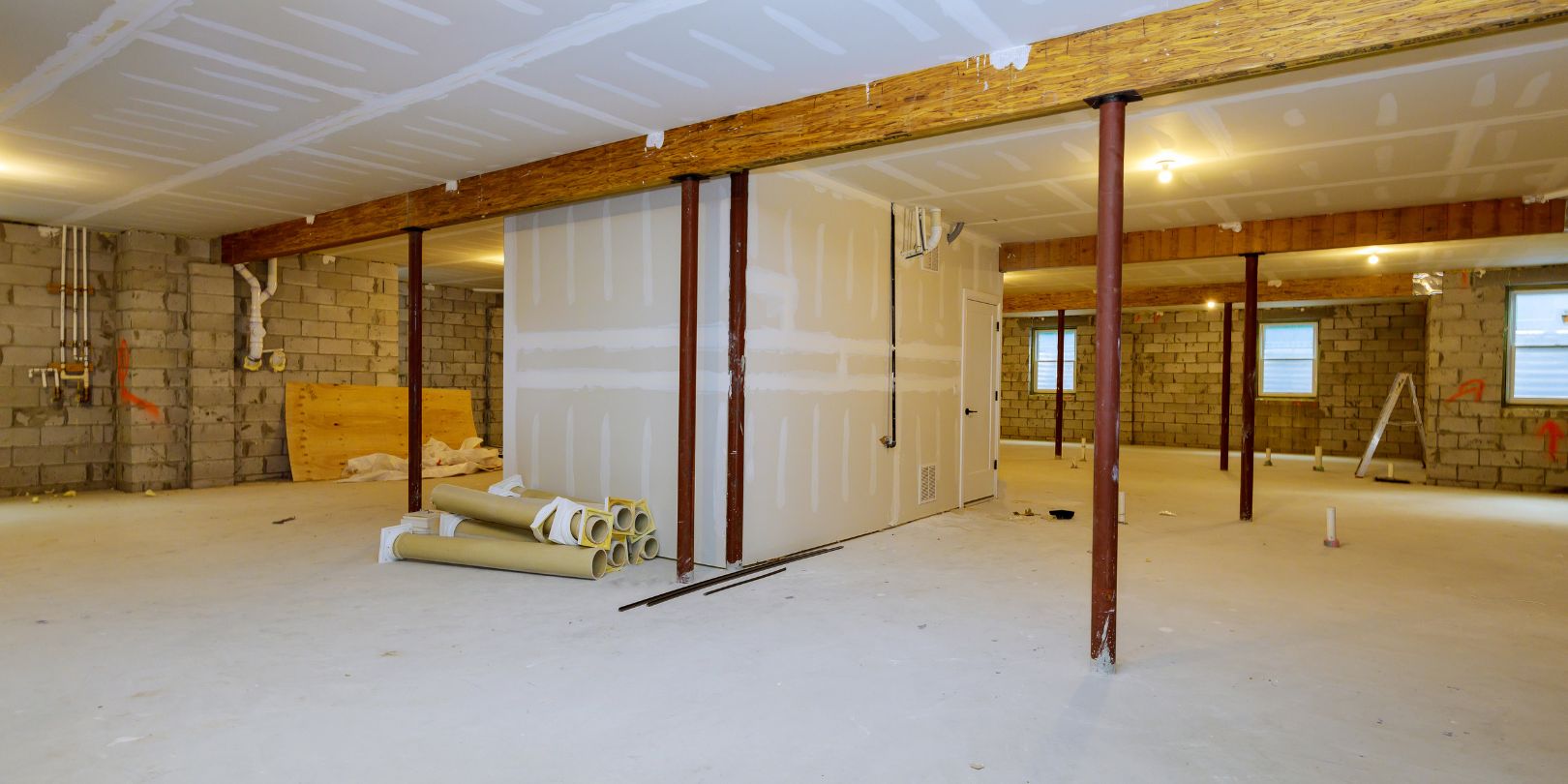
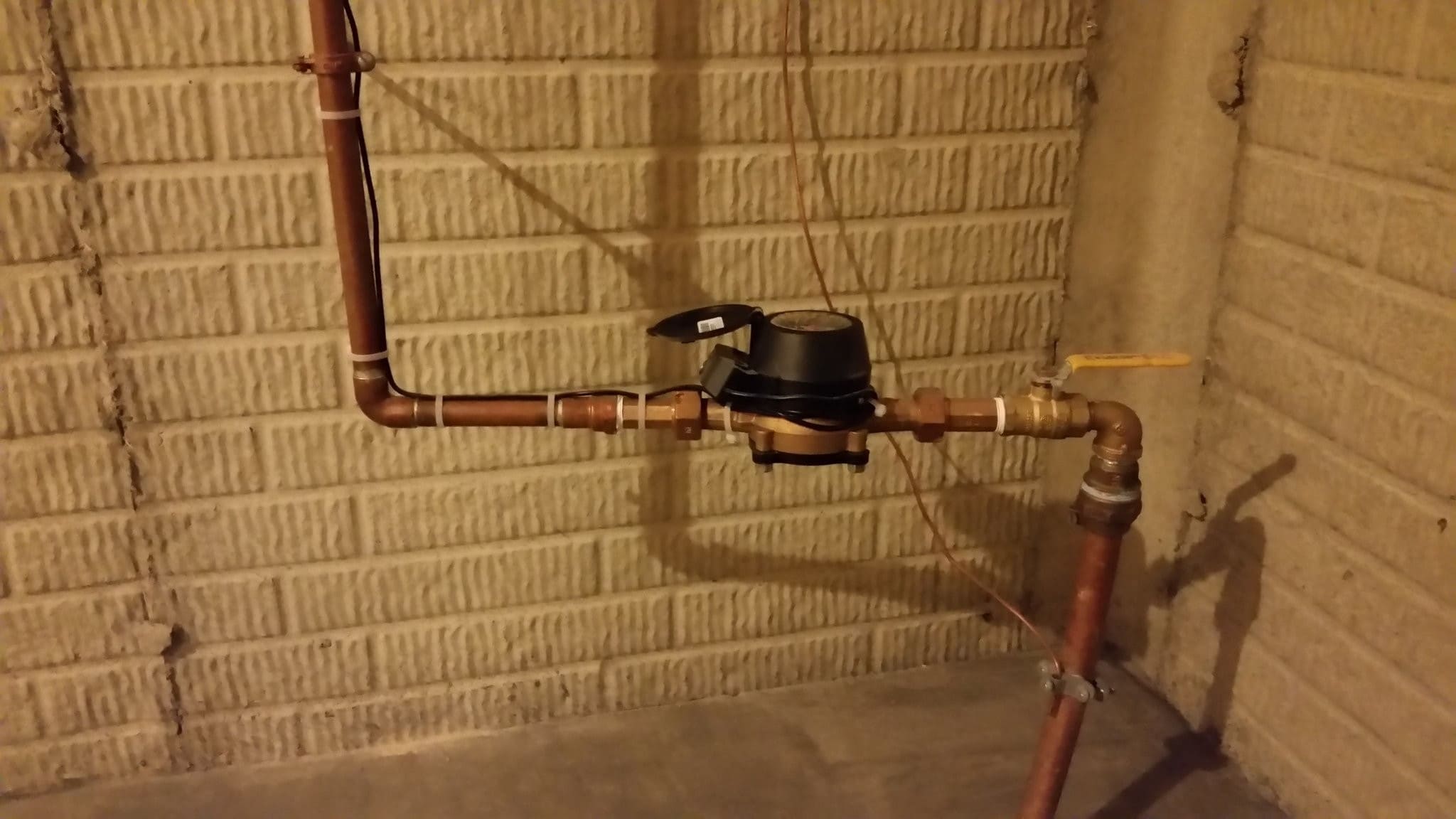
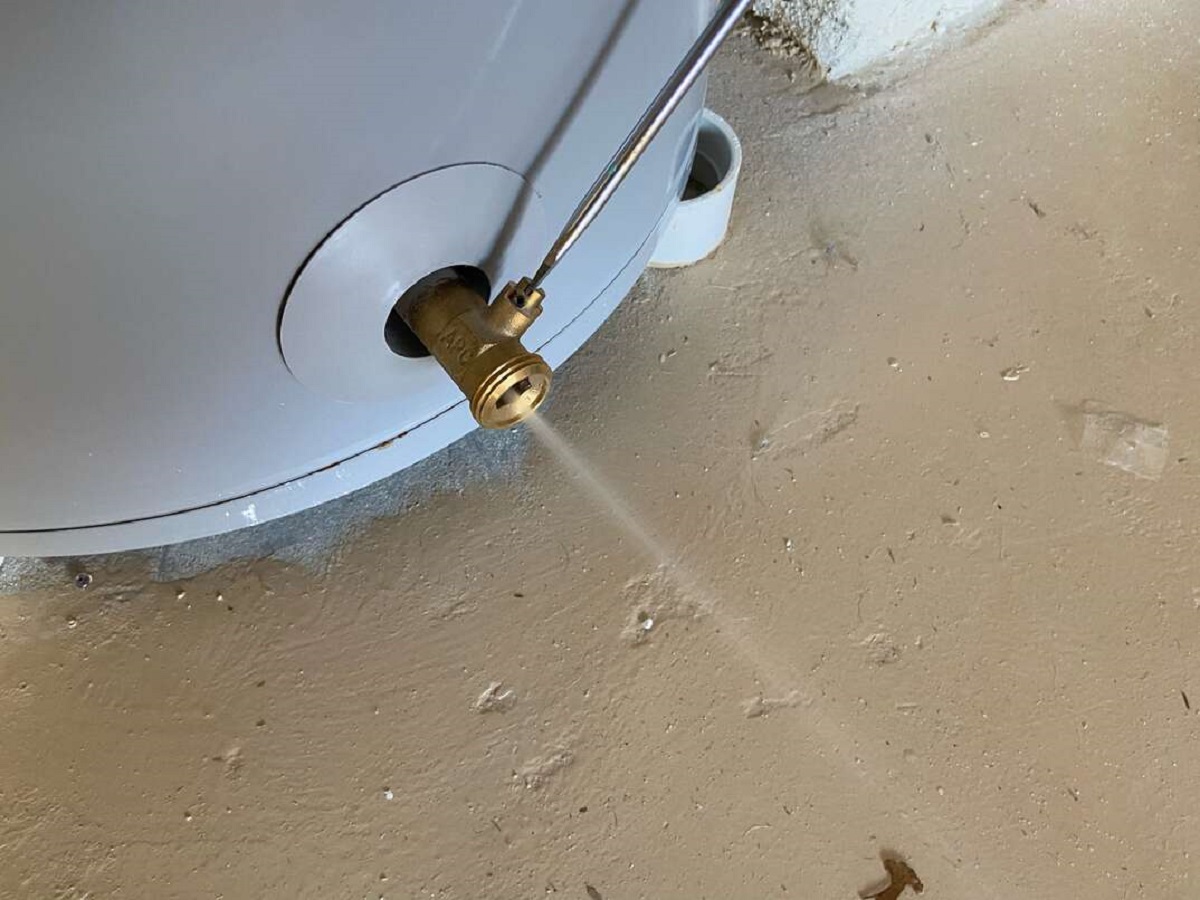

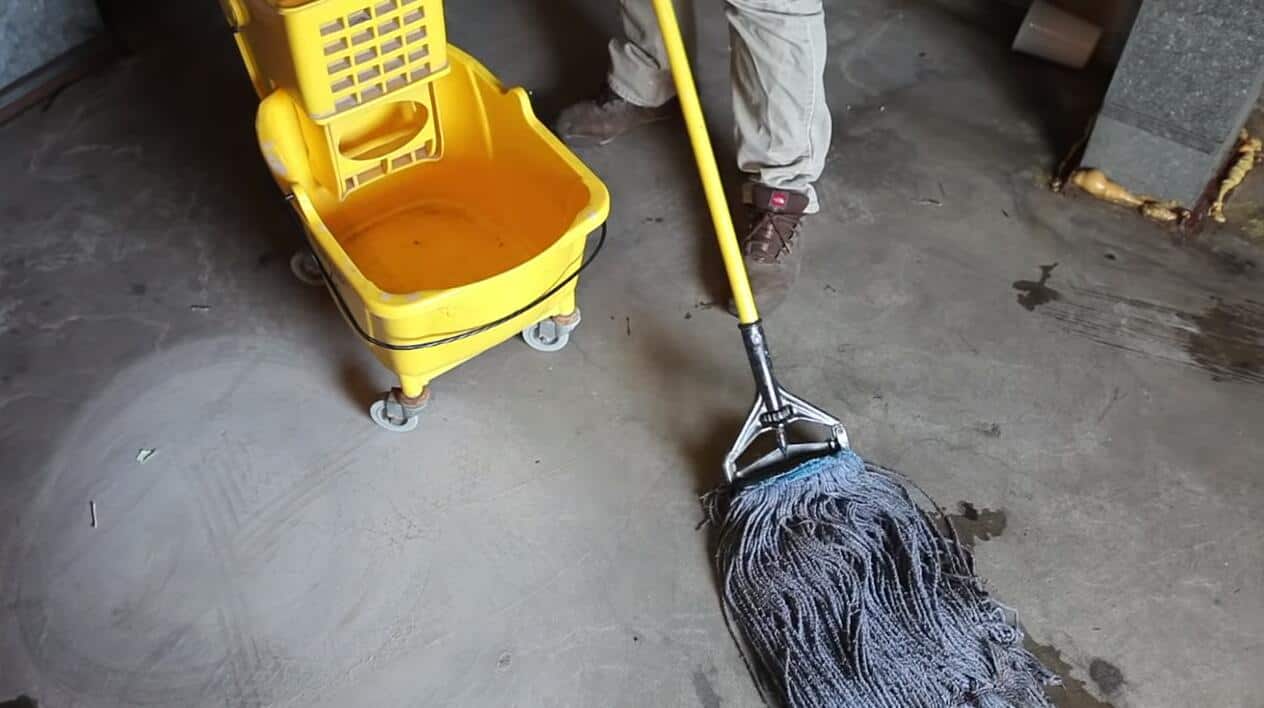
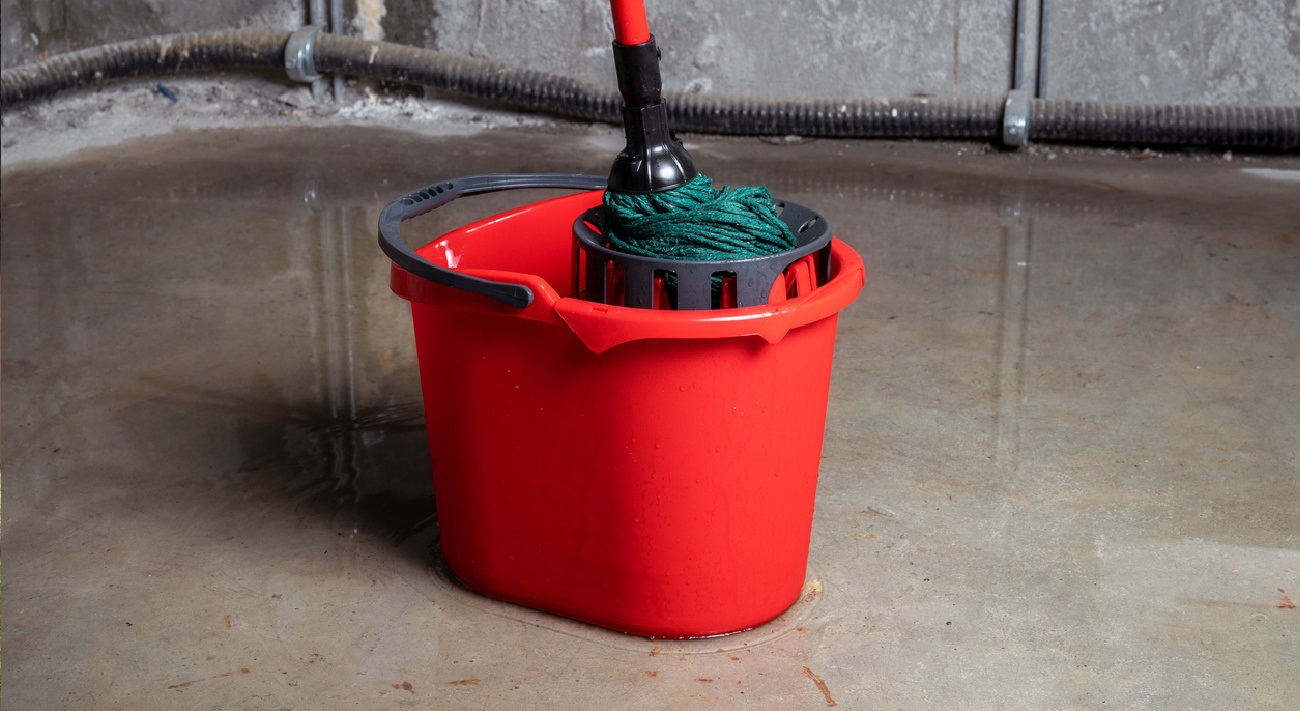
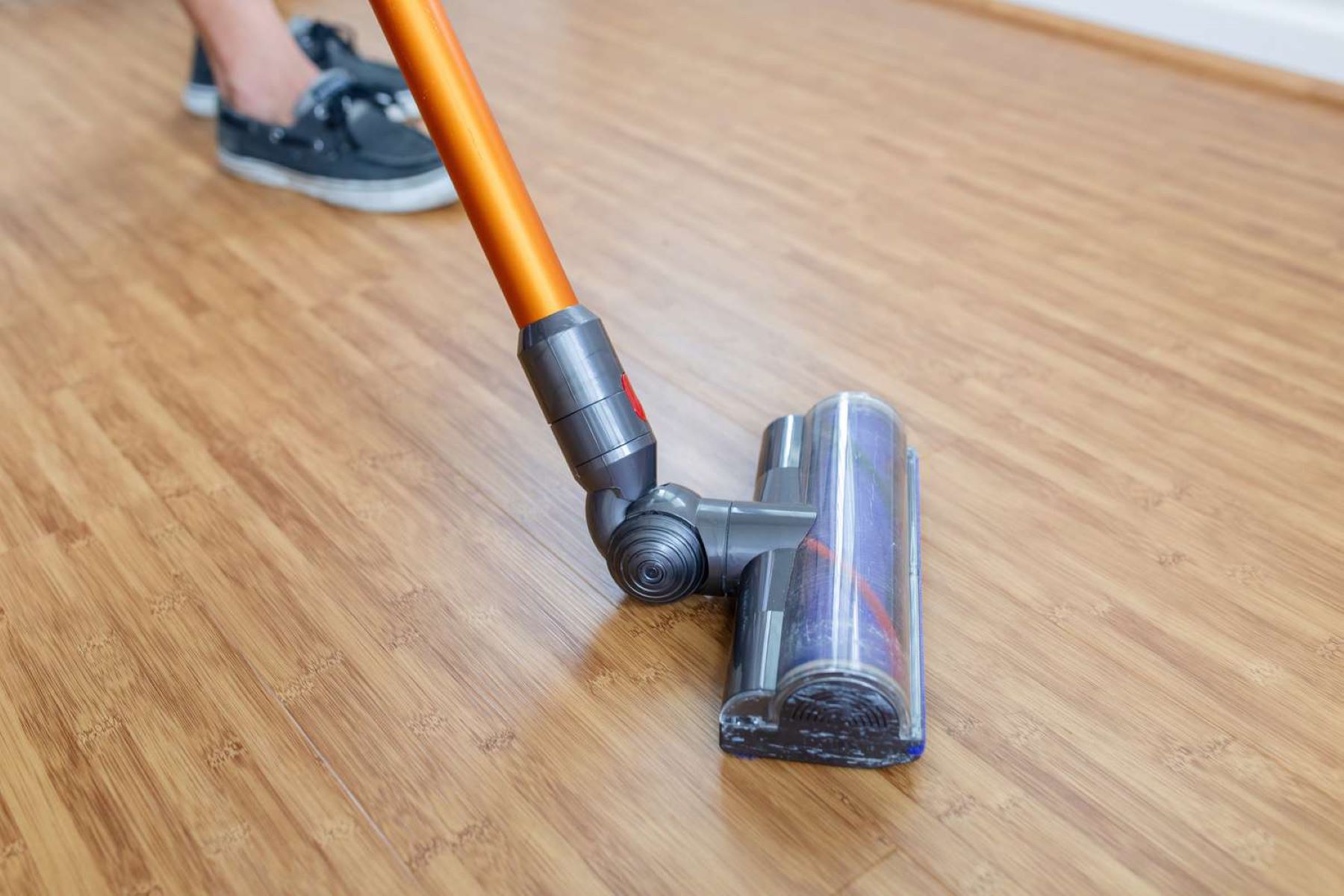
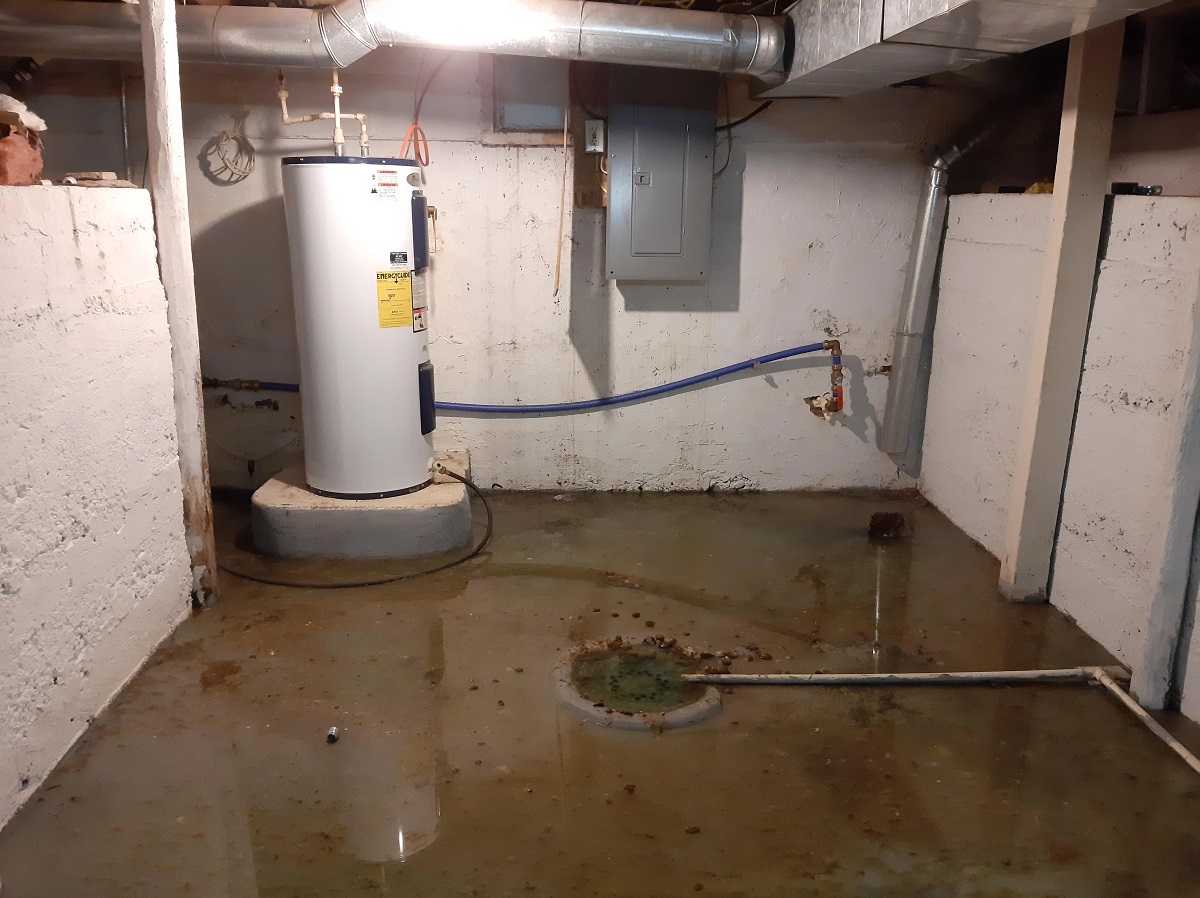

0 thoughts on “How To Clean Up Water In Basement”